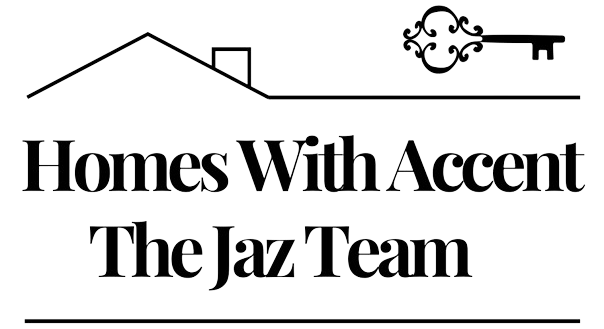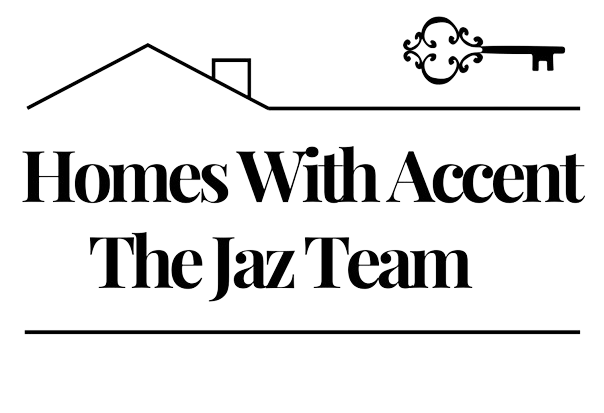Best Neighborhoods in Pleasant Hill, CA
Pleasant Hill sits in the heart of Contra Costa County with a clear view of the Diablo ridgeline, tree-lined streets, and a downtown that mixes small restaurants, civic spaces, and easy transit. Whether you want a home in Pleasant Hill on a quieter block with midcentury ranch homes or a walkable corner near BART and shops, Pleasant Hill offers a mix of suburban atmosphere and Bay Area convenience. This guide walks through the character, housing, and practical trade-offs of the neighborhoods people ask about most when researching homes in Pleasant Hill.
Why Is Pleasant Hill a Desirable Place to Live?
Pleasant Hill’s location in the broader Bay Area makes it appealing for people who need access to San Francisco and Walnut Creek while keeping a more suburban pace at home. The city is served by the Pleasant Hill / Contra Costa Centre BART station, which provides a direct transit link into central Bay Area job centers and cultural hubs. The municipal government and the Chamber of Commerce both maintain active downtown and economic development programs that keep neighborhood amenities and events year-round.
Housing in Pleasant Hill spans modest ranches, split-levels, contemporary remodels, and townhouse complexes. Market figures show a median sale price near $920,000 in September 2025 (Redfin), reflecting local demand and Bay Area pricing pressures; days-on-market and monthly activity can swing seasonally and by zip. When you compare neighborhoods, expect meaningful variation in housing style, lot size, and price per square foot.
What Are the Top 5 Most Popular Neighborhoods in Pleasant Hill?
Below are five neighborhoods widely referenced by local agents, listings sites, and long-time residents. Each entry notes the housing character, what makes the area distinct, and the practical trade-offs around price, street patterns, and access.
Gregory Gardens
Gregory Gardens occupies the northern part of Pleasant Hill and is recognizable for its post-war ranch and cottage houses on relatively level, tree-lined streets. Many homes were built in the mid 20th century and you will see original ranch footprints alongside updated kitchens and modest expansions. Lots tend to be regular in size; yards and mature trees are common, giving the neighborhood a stable, residential feel.
Poet’s Corner
Poet’s Corner sits near central Pleasant Hill and takes its name from streets honoring poets; it is known locally for its compact lots, mature canopy trees, and a mix of bungalow and midcentury homes. The area’s tree-lined streets and close proximity to the East Bay Regional Trail and downtown create a walkable vibe for errands and weekend coffee runs. Poet’s Corner also includes some smaller multifamily properties and apartment communities close to neighborhood retail.
Grayson Creek (or Grayson / Grayson Terrace areas)
The Grayson area—often labeled Grayson Creek, Grayson Terrace, or Grayson Woods on listing sites—covers several adjacent subdivisions with rolling streets and yards that step up toward the eastern slopes. Homes here vary from midcentury ranches to larger, updated two-story houses; you will find a mix of single-level options and houses with views of the Diablo foothills in places.
Ridgeview
Ridgeview sits on the sloping ground toward the western edge of Pleasant Hill and is characterized by hilly parcels, mature landscaping, and winding streets that break from the typical grid. You will find a mix of ranch-style and contemporary remodels; some properties enjoy partial hillside views depending on siting. Condos and townhomes appear in pockets near the flatter streets, offering alternative price points.
Boyd
Boyd is a residential pocket that appears under a handful of local names on neighborhood maps. The housing stock skews toward single-family homes with established landscaping and modest lots. Streets in Boyd often prioritize residential continuity over cut-through traffic, which many residents cite as a benefit for everyday living.
What Are Some Up and Coming Neighborhoods in Pleasant Hill?
Pleasant Hill’s development pattern is incremental rather than dramatic. Up-and-coming activity tends to occur where small infill projects, townhome conversions, or refreshed retail corridors meet steady demand for Bay Area access. Areas near the Pleasant Hill / Contra Costa Centre BART stop continue to see investor interest because transit adjacency supports both rental and for-sale demand. Drivers of change include modest redevelopment along downtown corridors and nearby parcels that can host newer multifamily units.
Another area to watch is small pockets bordering Walnut Creek and Concord where new construction or substantial remodels can lift comparative home value in a short period. Those shifts are rarely citywide; they arrive block by block as older homes are updated or replaced. If you prefer newer construction or contemporary interiors, keep an eye on listings in these transitional pockets and compare recent sale dates and per-square-foot metrics to understand momentum.
How to Choose the Right Neighborhood For You?
Start by mapping what matters most to daily life: transit access, school assignment, lot size, and the walkability of the nearest commercial corner. If transit to San Francisco or an east-bay job is a priority, proximity to the Pleasant Hill BART station will shape your search and often your price range. If single-level living and yard space are nonnegotiable, prioritize neighborhoods known for larger lots and ranch-style footprints such as parts of Gregory Gardens or Grayson pockets.
Next, verify school assignment and district information before making assumptions. College Park High School serves Pleasant Hill and is part of Mt. Diablo Unified; different streets fall into different elementary and middle school assignments, so check official district maps for exact boundaries. For housing-cost expectations, compare recent sold prices by neighborhood on market aggregators and date-stamp any figures you rely on to keep the analysis current.
Finally, visit at different times of day. Walk the nearby park or the commercial corner, listen for street noise during a weekday commute, and note parking or slope issues that might affect everyday use. Neighborhoods with tree-lined streets and corner parks can look calm on a Saturday morning and feel different on weekday commute hours; that lived experience often matters more than labels or ranking lists.
FAQs
What is the typical home price in Pleasant Hill right now?
Market snapshots show a citywide median sale price near $920,000 in September 2025. Individual neighborhood prices vary widely; small bungalows near downtown can list differently than larger two-story homes in the Grayson pockets.
How walkable is Downtown Pleasant Hill?
Downtown Pleasant Hill has a compact commercial core with restaurants, small retailers, and municipal buildings; many residents find short errands and evening dining walkable from nearby blocks. The city’s downtown planning documents and local business listings outline pedestrian improvements and event programming that support a walkable downtown.
Which schools serve Pleasant Hill and where is College Park High?
Pleasant Hill is within the Mt. Diablo Unified School District. College Park High School is located at 201 Viking Drive in Pleasant Hill and serves high-school students assigned to that campus. Elementary and middle school assignments depend on precise addresses, so check the district’s boundary maps for verification.
Is Pleasant Hill convenient for commuting to San Francisco?
Yes. The Pleasant Hill / Contra Costa Centre BART station provides direct regional transit access and is the primary public transit asset for Bay Area commuting. Drive times to freeway corridors and park-and-ride options are additional commuting choices depending on where you work.
Are there trails and outdoor recreation near the neighborhoods listed?
Pleasant Hill and its parks network include neighborhood parks and regional trail connections such as the East Bay Regional Trail near central neighborhoods; several local greenways and open spaces sit along neighborhood edges. The Recreation & Park District posts current maps and programming for parks and trails.
How much do property types vary between neighborhoods?
Property types range from small single-family ranches and bungalows to townhomes and larger two-story houses. Downtown and near-BART corridors include more multifamily inventory, while pockets like parts of Grayson and Ridgeview feature larger standalone lots. Compare sale prices and price per square foot on listing sites for precise differences.


